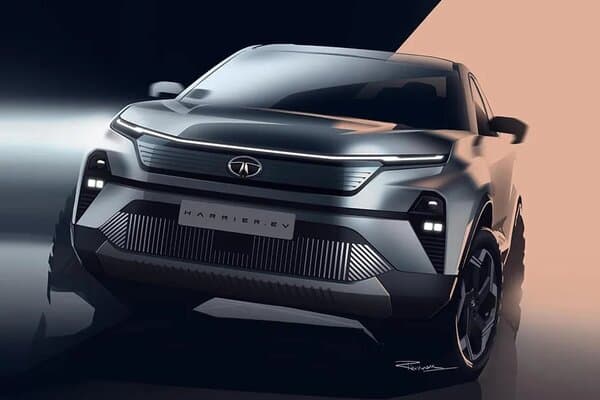Tata Harrier EV Key Specs
| Battery Capacity | 50 kWh |
| Range | 400 Km |
About Tata Harrier EV
Harrier EV Latest Update
Harrier EV Launch DateThe Tata Harrier EV
...Read MoreTata Harrier EV Specifications and Features
| Body Type | SUV |
| Battery Capacity | 50 kWh |
| Range | 400 Km |
My Garage
Popular Tata Cars
- Popular
- Upcoming
View all Tata Cars
Tata Harrier EV News
View all
Tata Harrier EV NewsExplore Other Options
Tata Harrier EV FAQs
The Tata Harrier EV is anticipated to be priced at Rs. 22-25 Lakhs.
The Tata Harrier EV is expected to launch in Apr 2025, introducing a new addition to the 50 kWh segment.
The Tata Harrier EV features a 50 kWh battery capacity. With an automatic transmission, it offers a range of 400 Km, making it a blend of style and efficiency.
The Tata Harrier EV faces competition from the likes of Hyundai Kona Electric and MG ZS EV , providing riders with alternatives that balance performance and style.
The Tata Harrier EV offers a range of 400 Km, ensuring an efficient performance for riders.




